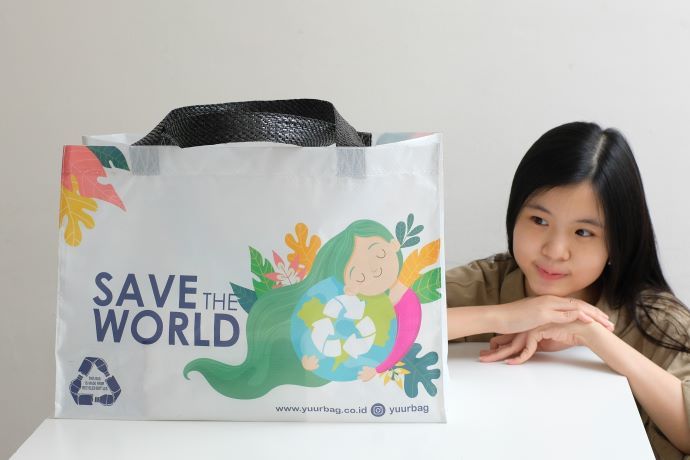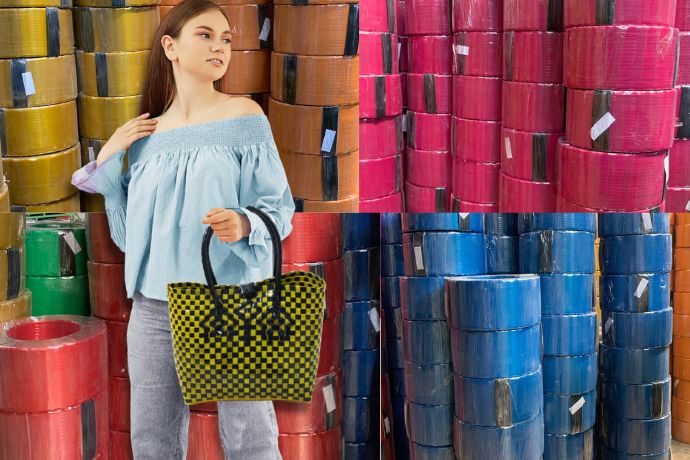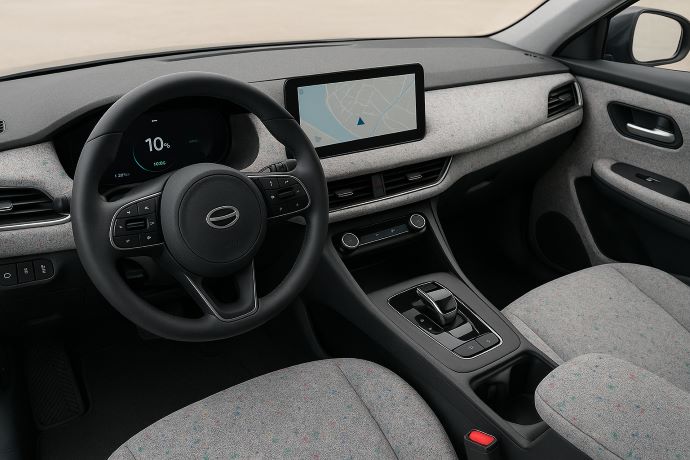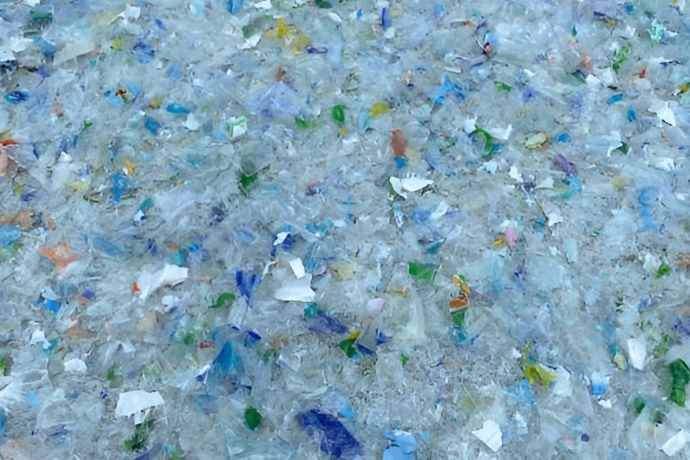Recycled PP Injection Molding: Problems & Solutions
Key Takeaways:
- Purity and consistency are critical: Sorting, washing, and filtration reduce defects caused by variable rPP quality.
- Processing adjustments are essential: Fine-tuning temperature, screw speed, and backpressure helps maintain mechanical properties.
- Quality control ensures reliability: In-line monitoring, lab testing, and automated inspection keep recycled PP products consistent.
Why Recycled PP is Growing in Injection Molding
Manufacturers worldwide are increasing their use of recycled polypropylene (rPP) to reduce costs and meet sustainability targets.
However, when switching from virgin PP to recycled grades, processors often face challenges that affect cycle times, scrap rates, product appearance, and mechanical strength.
This guide explores the most common issues with recycled PP in injection molding—and provides practical, proven solutions.
1. Material Variability
The Problem: rPP comes from multiple waste streams (post-consumer bottles, automotive parts, packaging), leading to large variations in melt flow index (MFI), density, and tensile properties.
This variability can cause warping, brittle parts, or inconsistent filling.
Solutions:
- Advanced Sorting: Use near-infrared (NIR) sorting and optical systems to separate PP from other plastics.
- Blending Strategies: Blend rPP with virgin PP or use compatibilizers to stabilize performance.
- MFI Testing: Conduct ASTM D1238 melt flow index tests to qualify each batch. Ideal MFI for injection molding: 2–12 g/10 min (application dependent).
2. Contamination Issues
The Problem: Recycled PP often contains metal particles, organic residues, or mixed plastics. These lead to black specks, delamination, or reduced impact strength.
Solutions:
- Multi-Stage Washing: Pre-treatment with hot washing and detergents removes surface contaminants.
- Melt Filtration: Use fine screen changers (50–150 μm) or continuous melt filters.
- Degassing: Venting extruders helps remove residual volatiles.
- Langgeng Jaya Group’s Solution: Our recycled PP granules undergo rigorous cleaning and filtration, ensuring contamination-free batches.
Also Read : Virgin vs Recycled Polypropylene: What You Need to Know
3. Mechanical Degradation
The Problem: Each recycling cycle causes chain scission, reducing tensile strength and impact resistance. Heat, UV, and mechanical stress accelerate degradation.
Solutions:
- Stabilizers & Antioxidants: Add hindered phenols or phosphites to protect against oxidation.
- UV Stabilizers: Required for outdoor applications to prevent chalking and embrittlement.
- Compounding with Virgin PP: A 20–30% virgin PP blend often restores mechanical properties.
- Processing Control: Keep melt temperature between 200–230 °C to minimize degradation.
4. Color Inconsistency
The Problem: Mixed waste streams often produce off-shade, gray, or inconsistent coloring, making uniform aesthetics difficult.
Solutions:
- Pre-Sorting by Color: White or natural feedstock produces more consistent results.
- Color Masterbatches: Add to mask variations. Dosage: typically 2–5%.
- TiO₂ Additives: Improve opacity and coverage for light-colored products.
Also Read : 5 Things You Need to Know Before Purchasing Recycled PP Granules
5. Processing Challenges
The Problem: rPP has different flow properties than virgin PP, requiring modified processing settings. Common defects include short shots, flashing, or voids.
Solutions:
- Adaptive Processing Systems: Technologies like Imflux dynamically adjust viscosity and injection pressure.
- Mold Flow Simulation: Software helps predict filling issues.
- Parameter Adjustments
| Parameter | Virgin PP | Recycled PP (Start Range) |
| Melt Temp (°C) | 220–250 | 200–230 |
| Mold Temp (°C) | 20–40 | 20–50 |
| Screw Speed (rpm) | 80–150 | 30–120 |
| Backpressure (bar) | 5–15 | 5–20 |
6. Quality Assurance
The Problem: Maintaining consistent quality is harder with recycled PP than virgin.
Solutions:
- Batch Testing: Regularly measure MFI, tensile strength, and impact resistance.
- Automated Inspection: Camera and sensor-based systems detect surface defects.
- In-Line Spectroscopy: Monitors feedstock and melt composition in real time.
- Langgeng Jaya Group Commitment: Every batch of our recycled PP is lab-tested and certified before shipment.
7. Additives and Compatibilizers
Beyond stabilizers, processors can use:
- MAPP (maleic-anhydride-grafted PP): Improves adhesion and impact.
- Impact Modifiers (e.g., SEBS): Enhance toughness.
- Chain Extenders: Rebuild molecular weight lost in recycling.
These are especially useful when blending recycled PP with glass fiber or fillers.
8. Regulatory & Application Constraints
- Food Contact: Only recycled PP from dedicated streams with FDA/EU approvals may be used.
- Automotive Standards: OEMs may restrict PCR content unless validated.
- Traceability: Documented supply chains are increasingly required.
Quick Troubleshooting Checklist
If you see defects, check the following:
- Black specks → Inspect feedstock, change filters, reduce melt temp, purge.
- Warping → Adjust cooling rate, check part thickness, test MFI.
- Short shots → Increase injection pressure, check venting, verify melt temperature.
- Brittleness → Blend with virgin PP, add antioxidants, reduce shear stress.
Conclusion
Switching to recycled PP in injection molding offers cost savings and sustainability benefits, but challenges like contamination, variability, and property loss must be addressed.
By adopting better sorting, filtration, additives, process optimization, and strict QA, manufacturers can achieve consistent, high-quality parts with recycled PP.
Langgeng Jaya Group supplies premium recycled PP granules that are rigorously cleaned, tested, and optimized for injection molding. Contact us to request datasheets, samples, or technical support.



